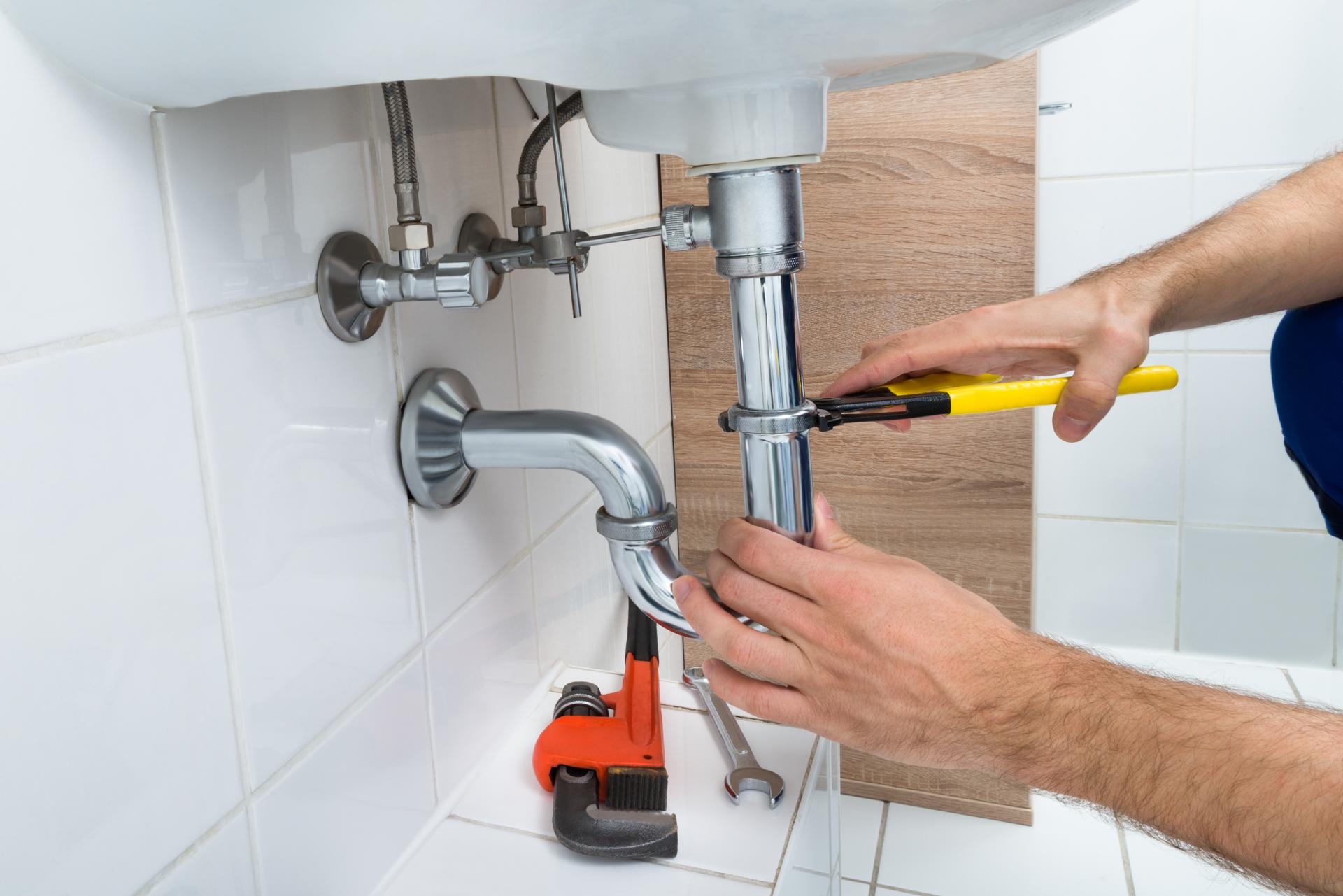A Comprehensive Guide to Knowing When and How to Replace Your Plumbing and What You Need to Know

Plumbing is an essential component of any house and provides us with safe water for cooking, drinking and cleaning, as for the disposal of wastewater. Like any other appliance in your home plumbing is prone to wear out and require replacement.
Knowing when it’s time to replace your plumbing is crucial to prevent costly repairs and avoid potential health risks. This article will talk about the signs that suggest your plumbing needs to be replaced, what you should consider before replacing your plumbing, the procedure for replacing your plumbing, the benefits that come with replacing your plumbing and a section on FAQs to answer any questions you might have.
There are signs that it’s time to replace your plumbing
There are several common indicators that suggest the plumbing in your home needs to be replaced, for example: Leaks: If you notice water stains or puddles around your home, it’s likely to be a indication of a plumbing leak. Leaks can cause severe structural damage to your home and lead to mold growth, so it’s essential to address them promptly. Rusty pipes an obvious sign that your plumbing requires to be repaired or replaced. Rust can cause a contamination to the water supply in your home which makes it unfit to consume or cook with. Low water pressure: If your faucets and showerheads produce weak flow of water is a sign of low pressure water that could be due to corrosion of pipes or blockages. Water discoloration: Discolored water like brown or yellow, is a sign of sediment or rust buildup within your pipes. It can alter the flavor and quality of your water and may suggest the need for plumbing repair.
Things to consider prior to replacing the plumbing
Before you replace your plumbing there are many factors to consider, including the age of your plumbing system: Plumbing systems can last for approximately 50 years, so should your home be more than this, then it’s probably that it’s time to replace. Cost of replacement replacing your plumbing could be expensive, so it is important to plan for the cost. The severity of the plumbing issue If the plumbing problems are severe and affecting multiple areas of your house then replacement could be the best option.
What to Expect During the Plumbing Replacement Process
The process of replacing plumbing involves many steps, such as closing off the water supply: Your plumber will have to turn off the water supply to your residence to prevent any leaks or water damage. Remove old pipes Old pipes need to be removed, which could require cutting into floors or walls. Installing new pipes New pipes are installed, which might require rerouting in order to ensure proper water flow. The length of time for the replacement of plumbing will depend on the dimensions of your property as well as the complexity of the task. Homeowners can expect some disruption during the process, including water shut-offs, and possibly damage to floors and walls.
Benefits of Replacing Plumbing
Replacing your plumbing offers several benefits, including increased water efficiency Plumbing fixtures and pipes are more efficient, reducing the use of water and your energy bills. Improved water quality by replacing the old pipes that are corroded with new ones can improve the water quality and make it safe for drinking and cooking. Lower risk of plumbing issues The new plumbing is less likely to cause blockages or leaks, thus reducing the need for expensive repairs in the near future.
Conclusion
Removing your plumbing is a major expense, but it’s necessary to ensure your home’s safety and security. If you know the indicators that indicate your plumbing needs replacement, considering the factors before replacement, and knowing what to expect from the replacement process, you’ll be able to make an informed choice about the plumbing in your home. Remember, replacing your plumbing can provide a variety of benefits, including increased efficiency of water, better water quality and less chance of developing future plumbing issues.
FAQ Section
How much will it cost to replace plumbing?
The cost of replacing your plumbing will vary based on several factors, including the dimensions of your house as well as the complexity of the project, and the materials used. On average, homeowners should expect to shell out between $5,000 and $10,000 for a total house plumbing replacement.
How long will it take to change the plumbing?
The length of time needed for plumbing repair will vary based upon the dimensions of your home as well as the complexity of the work. A typical whole-house plumbing repair can take anywhere from two and four weeks.
Do I need to replace my plumbing if I have an issue with my plumbing?
If you have a single pipe leak, it might not be a need for a complete replacement. If you’re experiencing multiple leaks , or detect other indications of plumbing issues, replacement could be the best choice.
Can I repair my plumbing on my own?
The replacement of your plumbing is a complex task that should be left to an experienced plumber. If you attempt to replace your plumbing yourself can result in costly errors as well as dangers to your safety.
What kind of pipe do I need to use for my plumbing replacement?
There are a variety of pipes available for plumbing replacement, including copper, PVC and PEX. Your plumber can recommend the best kind of pipe based on your specific needs and budget. To conclude, replacing your plumbing is a crucial decision to make by taking careful consideration. By understanding the signs that indicate your plumbing needs to be replaced, weighing the various factors that can affect replacing and knowing what to expect during the plumbing replacement process, you will be able to make an informed choice about the plumbing in your home. A qualified plumber will to guide you throughout the entire process to ensure an efficient and successful plumbing replacement.
